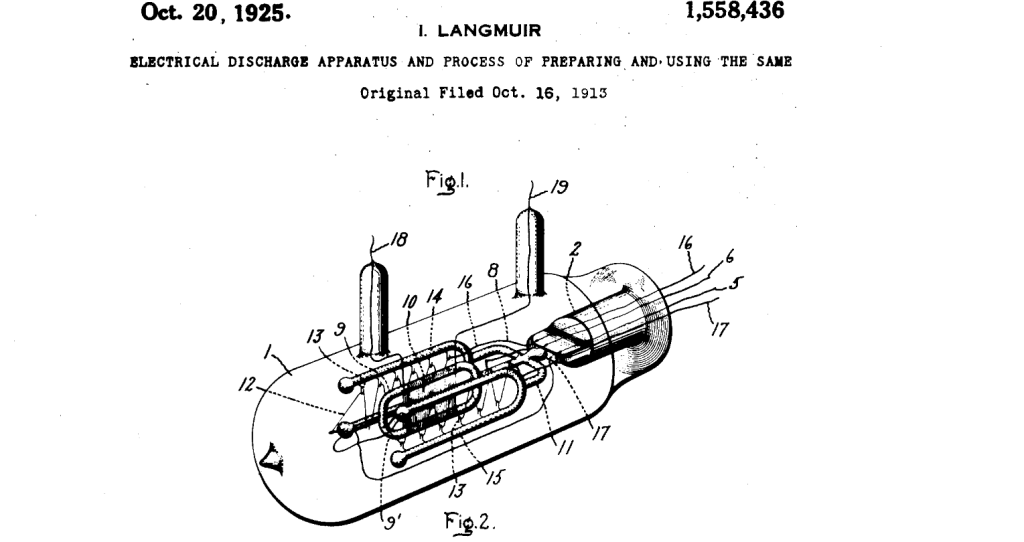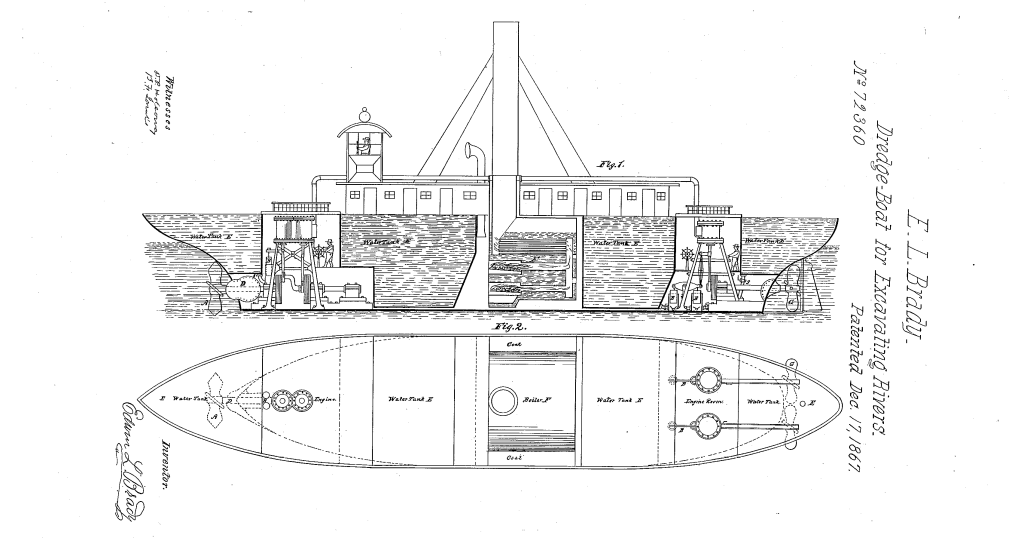by Dennis Crouch
The Federal Circuit is set to consider the use of terms like "patented," "proprietary," and "exclusive" in commercial advertising can be actionable under § 43(a)(1)(B) of the Lanham Act when their use is not entirely accurate. The key issue on appeal is whether the district court erred in granting summary judgment for Crocs on Double Diamond Distribution and U.S.A. Dawgs' ("Dawgs") counterclaim for false advertising under the Lanham Act.
This case began back in 2006
To continue reading, become a Patently-O member. Already a member? Simply log in to access the full post.




